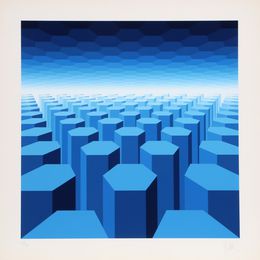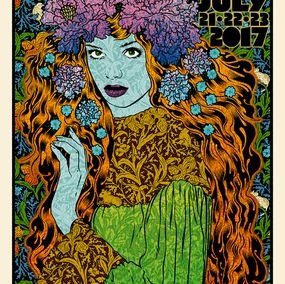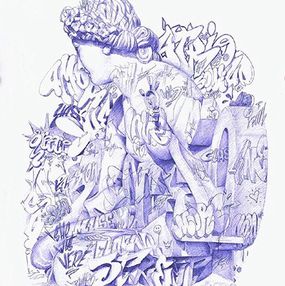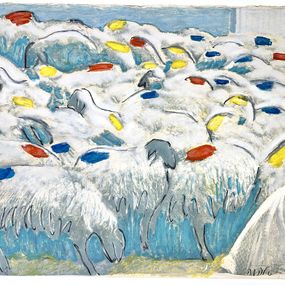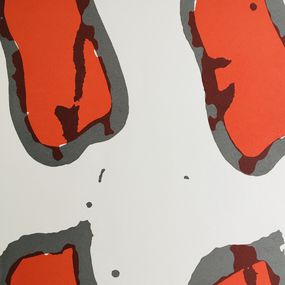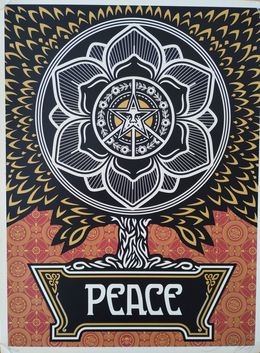
Screen Print for Sale
Screen printing is one of the oldest printing techniques traditionally done on silk. The practice dates back to the Song dynasty in China, in 1000 BC. The method consists of printing a pattern using a fabric stencil. The drawing is first done on paper, then the shape is cut out and applied to the final support on which the artist paints, leaving the ink only inside the shape. Printing may be done on paper, but also on textiles, cardboard and metal… When a subject drawn on stone is printed, it is then known as a lithograph.
Screen printing was not exported to the West until the beginning of the 20th century, when Chinese emigration to the United States was at its peak. This technique was met with immediate success when it appeared in the United States, and was used by the printing industry, businesses and artists.
In 1930, a group of American artists began to use the term "serigraphy" to designate works that had no commercial purpose. It subsequently reached Europe during WWII, when Americans used it to leave create signage and mark their vehicles.
As its popularity spread beyond artistic circles, screen printing underwent new developments: silk was gradually replaced by nylon, a material that was easier to obtain; The roller - used to spread the ink - was replaced by the scraper, and UV ink, which provides greater precision, made an appearance. As screen printing was particularly suitable for industrial production, publicity or printed textile production, it is not surprising that the Pop Art artists made use of this technique, which also allowed them to make use of very opaque and vivid colors. Andy Warhol, in particular, used it for his famous Marilyn Monroe portraits.
In Europe, screen printing was used by modern artists such as Henri Matisse in his work “Composition sur fond bleu". The technique was also widespread during May 1968 as it was used for making posters. Its use increased during the 20th and 21st centuries and it continues to be used for protest or for spreading a political message as shown in certain works of street art. Shepard Fairey, for example, used the technique when creating his poster “Hope", which represents Barack Obama.
Today, screen printing is used in a variety of ways: textile screen printing, industrial screen printing, digital screen printing, all for small or large format printing. With screen printing, we create business cards, t-shirts, stickers and advertising objects of all kinds and on all media, as works of graphic art. This versatility is explained by the fact that a screen printer can print on almost any material, wood, plastic, metal, glass, cardboard, textile.
On Artsper, you will find silk-screen prints of the greatest masters such as Victor Vasarely and Keith Haring, but also those of the street artist JonOne, the abstract prints of Sonia Delaunay, the colorful silk-screen prints of Kiki Kogelnik, the hypnotic compositions of François Morellet, the pop patterns of Takashi Murakami and many others...
Save your search and find it in your favorites
Save your search to find it quickly
Saved search
Your search is accessible from the favorites tab > My favorite searches
Unsaved search
A problem occurred

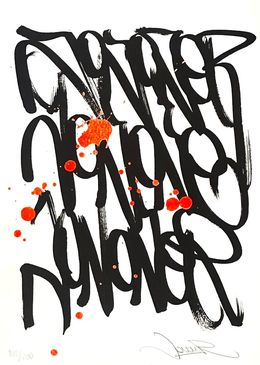
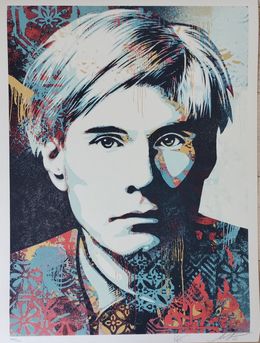

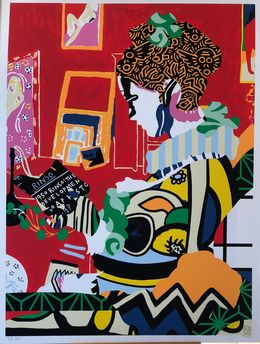
La Liseuse, estampe originale
Speedy Graphito
Print - 80 x 60 x 0.05 cm Print - 31.5 x 23.6 x 0 inch
€750

We The Future / Rise To Write The Law
Shepard Fairey (Obey)
Print - 61 x 46 cm Print - 24 x 18.1 inch
€550
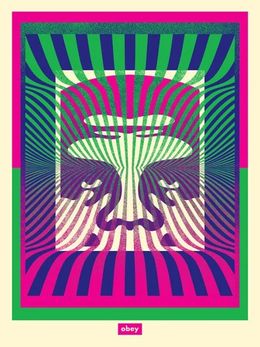
OP-Art Icon - Green Gradient
Shepard Fairey (Obey)
Print - 61 x 46 x 0.1 cm Print - 24 x 18.1 x 0 inch
€500

Deux couples en vacances, sérigraphie originale
Hervé Di Rosa
Print - 135 x 95 x 0.1 cm Print - 53.1 x 37.4 x 0 inch
€1,000





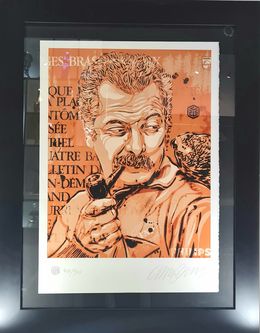




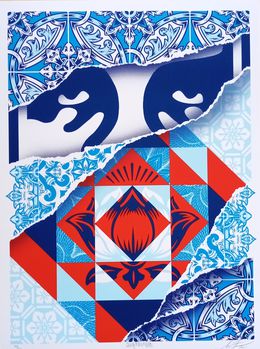


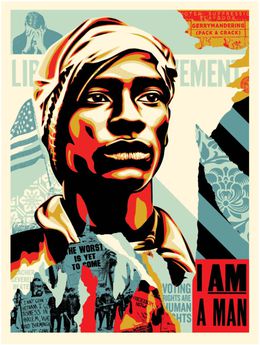
Voting Rights are Human Rights
Shepard Fairey (Obey)
Print - 61 x 46 x 0.2 cm Print - 24 x 18.1 x 0.1 inch
€550
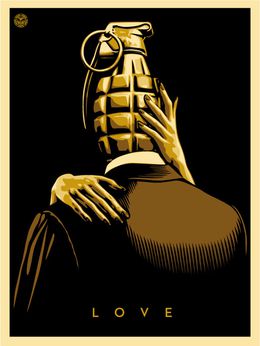

Enhanced Disintegration (Red)
Shepard Fairey (Obey)
Print - 61 x 46 x 0.2 cm Print - 24 x 18.1 x 0.1 inch
€600
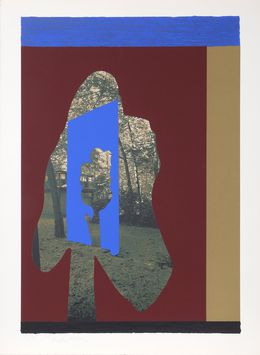
Tree in Tree (Burgundy and Gold)
Menashe Kadishman
Print - 104.1 x 76.2 cm Print - 41 x 30 inch
€881


The shining Vandalized Lugia Emerald
Onemizer
Print - 50 x 70 x 0.01 cm Print - 19.7 x 27.6 x 0 inch
€2,000
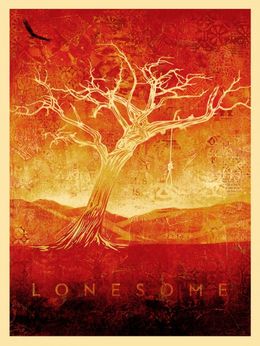
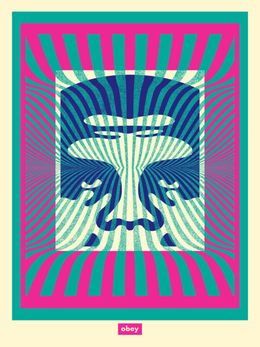
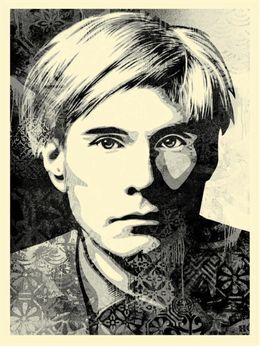
Warhol collages (silver)
Shepard Fairey (Obey)
Print - 61 x 46 x 0.2 cm Print - 24 x 18.1 x 0.1 inch
€600
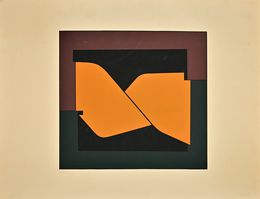



Marianne: L’action Vaut Plus Que Les Mots
Shepard Fairey (Obey)
Print - 61 x 46 x 0.1 cm Print - 24 x 18.1 x 0 inch
€2,999

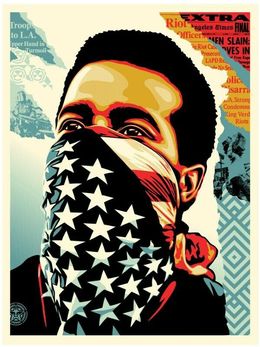


40.000 Carres (blanc)
François Morellet
Print - 80 x 80 x 0.1 cm Print - 31.5 x 31.5 x 0 inch
€1,500
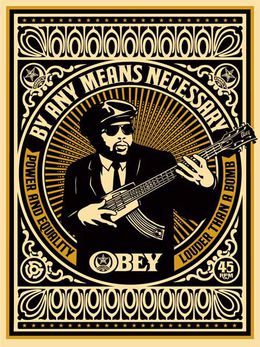
By any means necesary (Yellow)
Shepard Fairey (Obey)
Print - 61 x 46 x 0.2 cm Print - 24 x 18.1 x 0.1 inch
€575



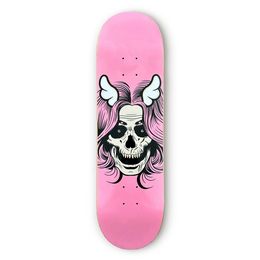


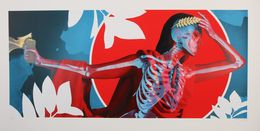
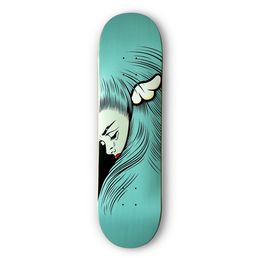
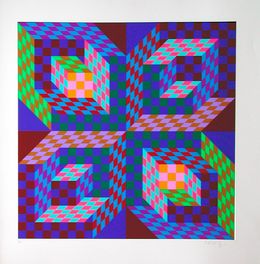
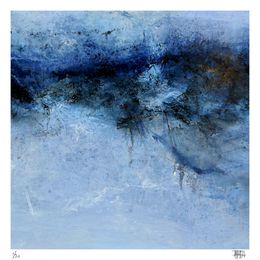
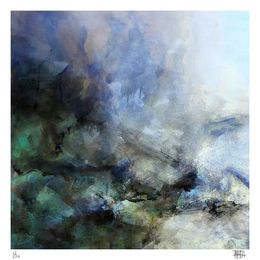
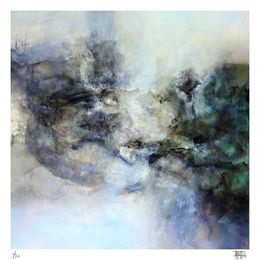
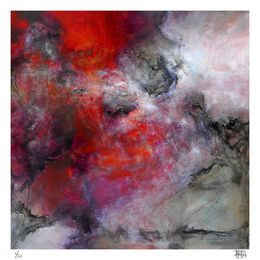
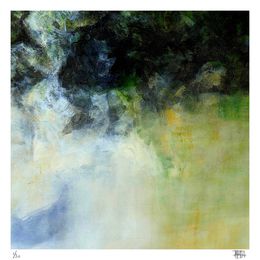







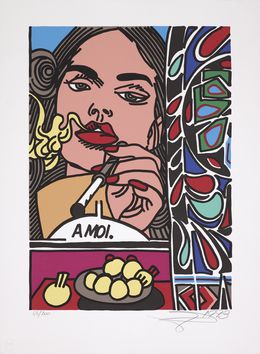
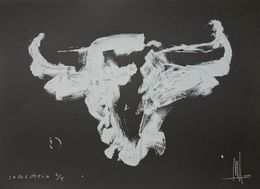

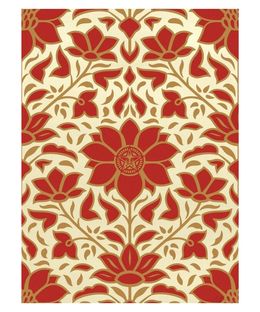
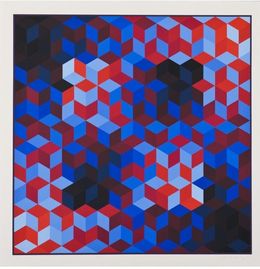
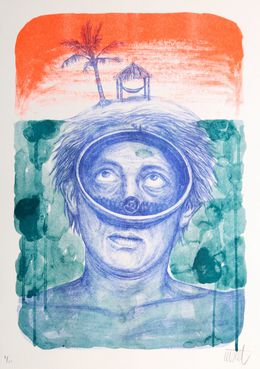
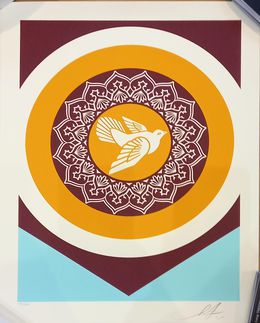
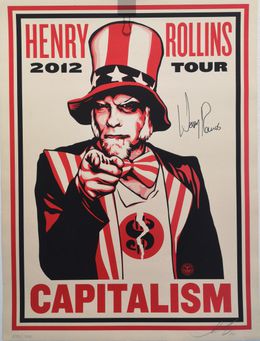
Henry Rollins Tour 2012
Shepard Fairey (Obey)
Print - 61 x 46 x 0.2 cm Print - 24 x 18.1 x 0.1 inch
€580

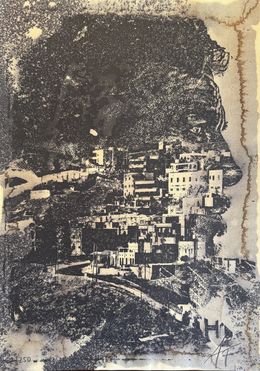

Lennon peace and liberty (blue)
Shepard Fairey (Obey)
Print - 61 x 46 x 0.2 cm Print - 24 x 18.1 x 0.1 inch
€550
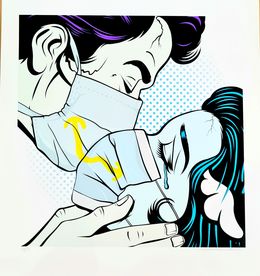


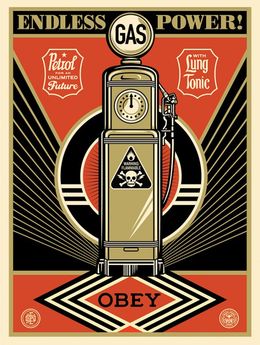

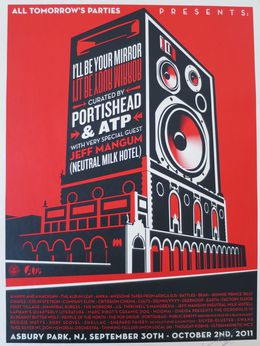

Shoplifters Welcome
Shepard Fairey (Obey)
Print - 61 x 46 x 0.2 cm Print - 24 x 18.1 x 0.1 inch
€650

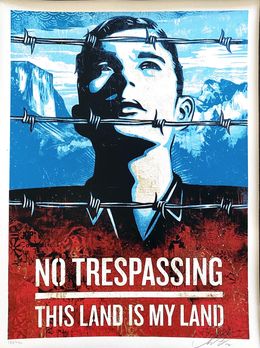
This Land Is Your Land
Shepard Fairey (Obey)
Print - 61 x 45.5 x 0.05 cm Print - 24 x 17.9 x 0 inch
€950

God Save the Queen
Shepard Fairey (Obey)
Print - 61 x 45.5 x 0.05 cm Print - 24 x 17.9 x 0 inch
€2,800
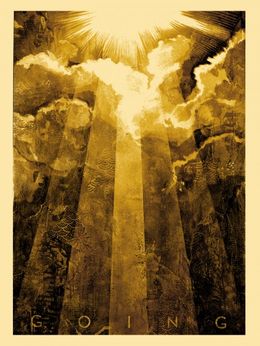

Obey Conformity Factory (Orange)
Shepard Fairey (Obey)
Print - 61 x 46 x 0.2 cm Print - 24 x 18.1 x 0.1 inch
€550

Raise the Level (Peace)
Shepard Fairey (Obey)
Print - 61 x 45.7 x 0.3 cm Print - 24 x 18 x 0.1 inch
€600

Change Begins Within (Red)
Shepard Fairey (Obey)
Print - 61 x 46 x 0.2 cm Print - 24 x 18.1 x 0.1 inch
€600


Obey Billboard - Consume
Shepard Fairey (Obey)
Print - 61 x 46 x 0.2 cm Print - 24 x 18.1 x 0.1 inch
€700
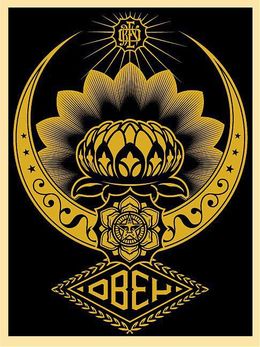
Lotus Ornament - Gold
Shepard Fairey (Obey)
Print - 61 x 46 x 0.2 cm Print - 24 x 18.1 x 0.1 inch
€750
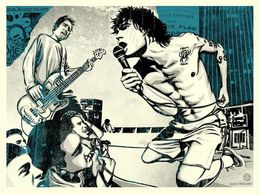
Your rules my war - Blue
Shepard Fairey (Obey)
Print - 46 x 61 x 0.2 cm Print - 18.1 x 24 x 0.1 inch
€550

Sedation in Bloom (Black And Blue)
Shepard Fairey (Obey)
Print - 61 x 46 x 0.2 cm Print - 24 x 18.1 x 0.1 inch
€500
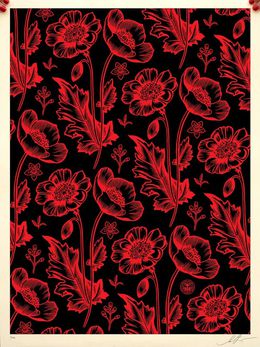
Sedation in bloom (black and red)
Shepard Fairey (Obey)
Print - 61 x 46 x 0.1 cm Print - 24 x 18.1 x 0 inch
€500
